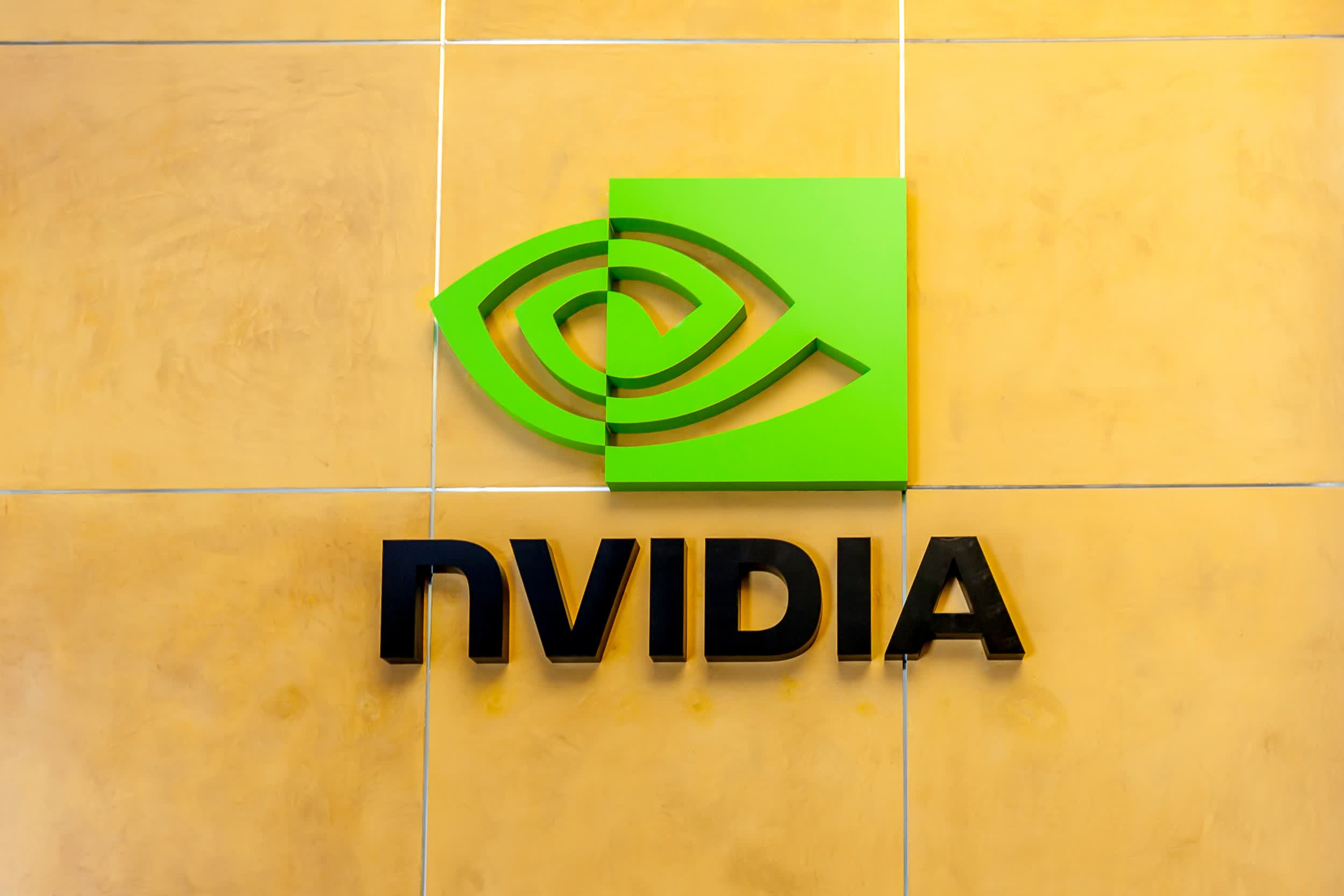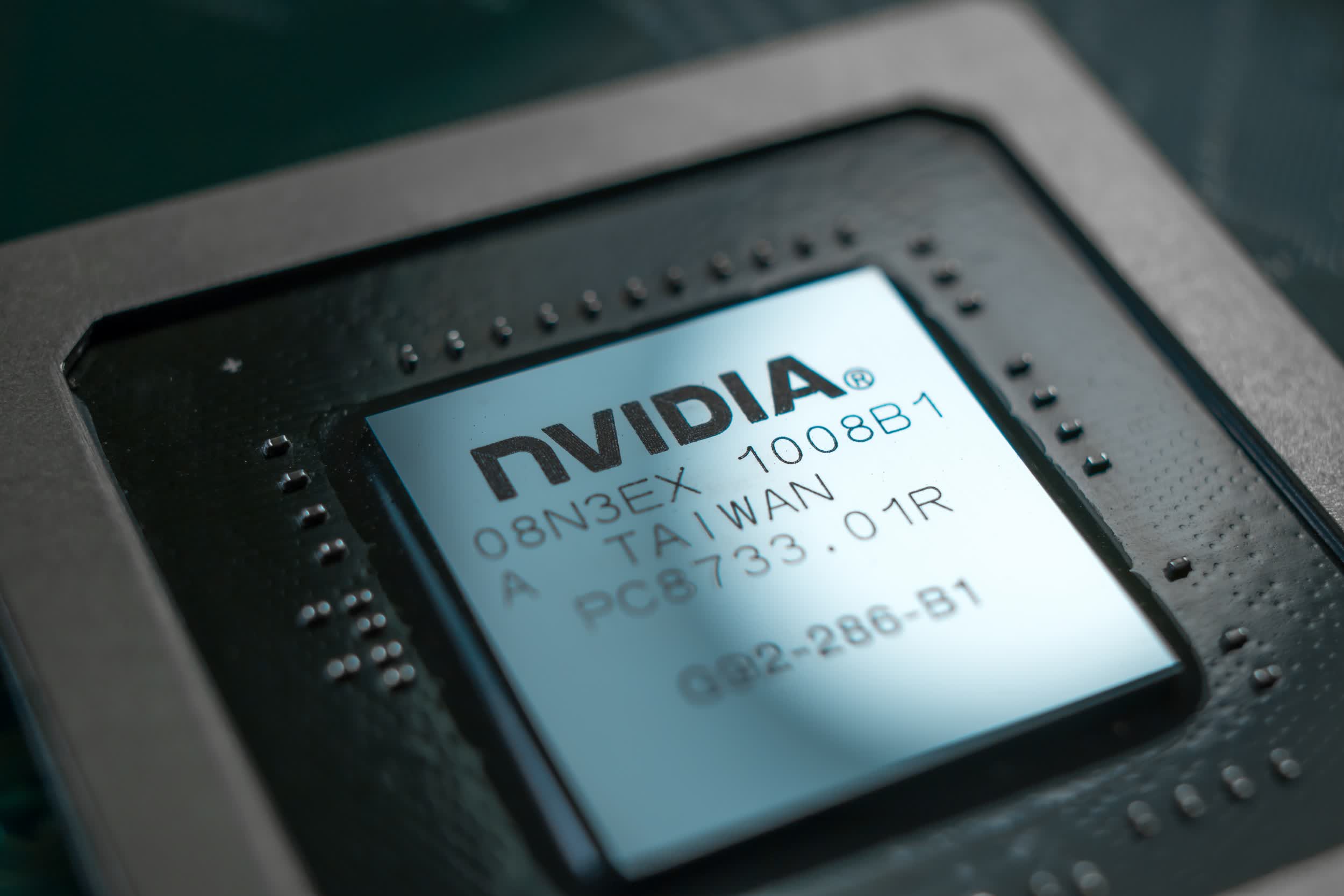Bottom line: Nvidia this week turned in a record earnings report that beat analyst expectations but did little to rouse investors. A solid holiday forecast and the pending acquisition of chip designer Arm, however, could go a long way in changing investors' tune.

For the quarter ending October 25, 2020, Nvidia reported revenue of $4.73 billion, an increase of 57 percent compared to the $3.01 billion brought in during the same period last year and a 22 percent boost versus the $3.87 billion in Q2. Analysts with Refinitiv were expecting closer to $4.41 billion, according to CNBC.
Non-GAAP earnings per diluted share, meanwhile, were $2.91, an increase of 63 percent compared to the year-ago period and up 33 percent sequentially. Refinitiv was expecting a return of $2.57 per share.
Nvidia founder and CEO Jensen Huang said the company is firing on all cylinders, led by record revenues in its gaming and data center divisions. “The new Nvidia GeForce RTX GPU provides our largest-ever generational leap and demand is overwhelming,” Huang added.

In an earnings call with investors, however, Nvidia said it expected its data center revenue to slide in the current quarter, a revelation that has dinged share value by about 1.7 percent as of this writing.
On the bright side, Nvidia said it expects revenue in the range of $4.80 billion, plus or minus two percent, for the holiday quarter. Nvidia and stockholders also have the pending Arm acquisition to look forward to, which, based on what we are seeing from early reviews of Apple's new Arm-based Macs, certainly looks promising.